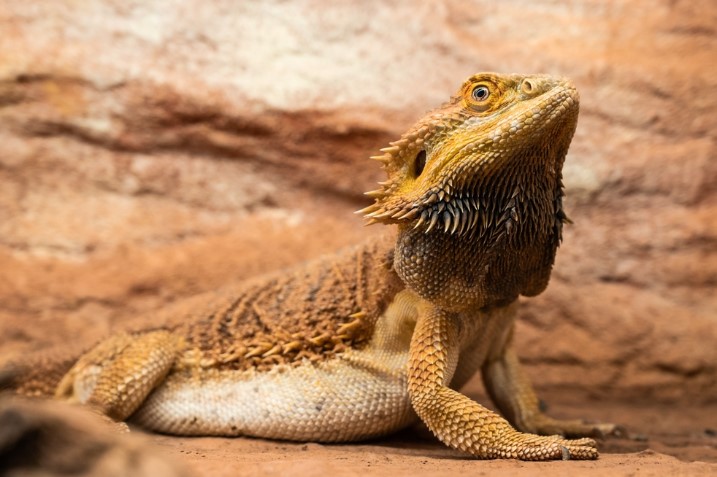7 Prehistoric Creatures That Aren’t Dinosaurs
Dinosaurs hold such a massive place in pop culture, it’s easy to forget they weren’t the only animals that thrived millions of years ago. Many of prehistory’s most impressive creatures, from scaly fliers the size of planes to marine predators as big as buses, are incorrectly lumped together with the Dinosauria clade. Here are seven prehistoric beasts that deserve just as much recognition as their dino peers.
Animals in the genus Dimetrodon have been prehistoric icons and stars of early paleoart since the 19th century. Though the scaly, sail-finned creatures crawled across the Earth 270 million years ago, they’re not dinosaurs. The synapsids are actually more closely related to humans and other mammals than Triceratops or T. rex. Where diapsids like dinosaurs have two holes on either side of their skull, synapsids have one large hole behind their eye sockets; it’s believed this feature enabled the powerful bite of Dimetrodon’s mammal descendants.
Modern birds are technically dinosaurs, but the scaly creatures that took to the skies hundreds of millions of years ago weren’t. Pterosaurs are a group of flying reptiles distinct from the clade Dinosauria. Unlike birds, Pterodactylus, Quetzalcoatlus, and other pterosaurs relied on featherless wing membranes to achieve lift. They were the first vertebrates capable of flight, and with wingspans reaching 33 feet, they remain the biggest.
If there is a prehistoric monster living in Loch Ness, it’s not a dinosaur. Plesiosaurs, the clade of aquatic creatures famously tied to Nessie, are technically marine reptiles. The long-necked, flippered beasts occupied oceans until the mass extinction event the end of the Cretaceous period, so they may have had run-ins with dinosaurs who explored the shore.
Mosasaurs are another group of prehistoric, aquatic beasts that belong to the reptile class. Unlike plesiosaurs, they had short necks and massive jaws used for capturing prey. Measuring up to 50 feet long, these terrors of the sea were longer than T. rex. Their closest living relatives today are monitor lizards and snakes.
Modern crocodiles and alligators have a prehistoric look, but don’t call them living dinosaurs. They, along with their extinct ancestors in the genus Deinosuchus, belong to the class Reptilia. Deinosuchus was similar in appearance to today’s scaly predators, but, stretching 40 feet long and weighing 7 tons, it drastically outsized them. The creatures ruled rivers and swamps 70 million years ago, and fossil evidence shows they occasionally preyed on dinosaurs.
The largest predator of the prehistoric world wasn’t a dinosaur or even a marine reptile. Carcharodon megalodon is a possible ancestor of modern great white sharks, and for 20 million years they sat atop the ocean’s food chain. Based on their 7-inch teeth, paleontologists imagine the leviathans growing from 43 to 82 feet long. Like today’s sharks, they had cartilaginous bodies, so all that remains of the extinct creatures are teeth and some vertebrae. We may never know exactly how massive they were.
Though they look like a cross between a tortoise and Ankylosaurus, species in the genus Glyptodon were early mammals. They trotted across South America during the Ice Age. Like giant sloths and mammoths, they were part of the mammalian megafauna that ruled this era. Their scaly shells contributed to their 2-ton bulk. Unlike Dimetrodon’s traits, it’s easy to see Glyptodon’s features in modern mammals like armadillos.








